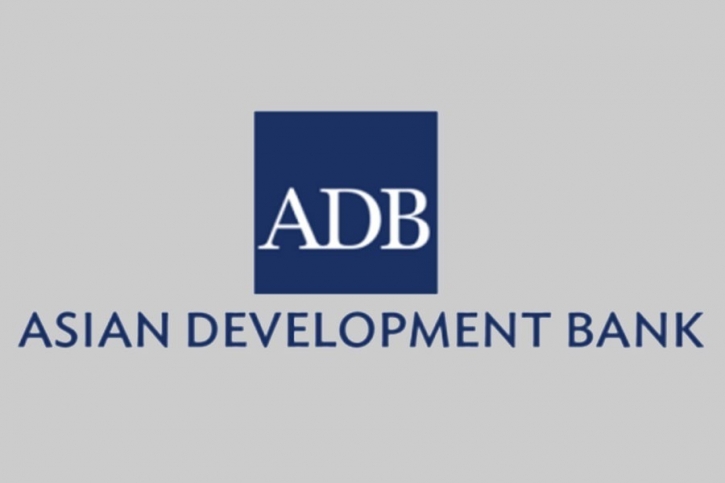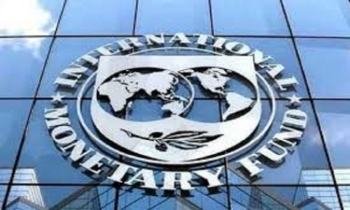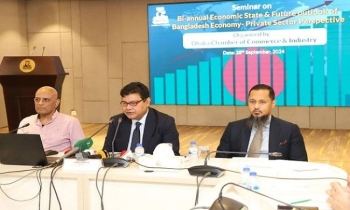Pandemic sets back fight against poverty in Asia by 2 years: ADB
BI Report || BusinessInsider

Photo: Collected
The Covid-19 pandemic has set back the fight against poverty in Asia and the Pacific by at least 2 years, and many in the region will likely find it harder than before to escape poverty, according to a report from the Asian Development Bank (ADB).
The region’s economic growth this year is expected to reduce extreme poverty—defined as living off less than $1.90 a day—to a level that would have been achieved in 2020 had the pandemic not happened, according to Key Indicators for Asia and the Pacific 2022, released on Wednesday.
Data simulations also show that people in the region with lower pre-pandemic levels of social mobility—the ability to escape poverty—may experience longer-lasting setbacks.
The Covid-19 crisis interrupted a long trend of poverty reduction in Asia and the Pacific. Although economies are recovering, progress is uneven.
The pandemic may also have worsened forms of poverty beyond income, such as food insecurity and inadequate access to health services and education, according to the report.
“The poor and the vulnerable have been hit hardest by Covid-19, and while economies are recovering, many people may find that getting out of poverty is even more difficult than before,” said ADB Chief Economist Albert Park.
“Governments in the region should focus on resilience, innovation, and inclusiveness to provide more balanced economic opportunities and greater social mobility for everyone.”
By 2030, the prevalence of extreme poverty in the region is expected to drop below 1 percent.
At the same time, about 25% of the population is projected to achieve at least middle-class status, defined as having income or consumption of $15 or more a day, adjusted for purchasing power parity.
However, this outlook is threatened by differences in social mobility as well as other uncertainties. Developing Asia faces the potential for stagflation, ongoing conflicts involving key global actors, increased food insecurity, and energy price shocks.
Key Indicators for Asia and the Pacific presents comprehensive economic, financial, social, and environmental statistics for ADB’s 49 regional members. The latest edition also includes:
- a special supplement on natural language processing of social media text data, which enables continuous and granular mapping of topics and sentiments, allowing researchers to track societal trends and anomalies;
- an update on Sustainable Development Goals indicators in Asia and the Pacific;
- an examination of the performance of select sectors severely disrupted by the pandemic, such as tourism, transportation, information and communications technology, and energy;
- insights into the regional impacts of the global semiconductor chip shortage; and,
- an overview of good practices in using administrative data as a source of information for a wide range of development indicators, particularly workforce and employment statistics.
ADB is committed to achieving a prosperous, inclusive, resilient, and sustainable Asia and the Pacific, while sustaining its efforts to eradicate extreme poverty.
Established in 1966, it is owned by 68 members—49 from the region.
























